Study raises concerns about the feasibility of global seaweed farming as carbon capture solution
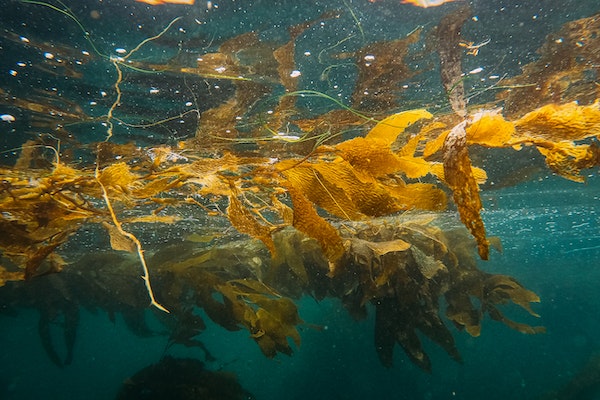
Seaweed farming has been touted as a potential solution for sequestering carbon and mitigating climate change. However, a new study published in Communications Earth & Environment suggests that the potential of global seaweed farming as a carbon capture solution may not be feasible given the large ocean areas needed to remove between 2.5 and 13 gigatons of atmospheric carbon per year to meet climate goals.
Seaweed can remove carbon dioxide (CO2) from the atmosphere by converting it to organic biomass via photosynthesis. This biomass can subsequently sink into the deep ocean, removing it from surface waters. However, most global estimates of the efficacy of using seaweed to capture carbon are based on extrapolating observations from a few specific sites to a global scale.
The researchers analyzed predictions from Global Macroalgae Cultivation Modeling System to project potential seaweed productivity and harvestable biomass under different levels of nutrient availability and ocean conditions across the global ocean. They projected various scenarios considering nutrient availability and ocean conditions across the global ocean.
Findings indicate that farming over one million square kilometers (386,102 square miles) of the most productive exclusive economic zones (EEZs) waters, primarily located in the equatorial Pacific, would be necessary to harvest one gigaton of seaweed-captured carbon annually.
Outside of these highly productive equatorial regions, cultivation areas would need to triple to achieve the same carbon removal due to variations in seaweed growth and productivity. Moreover, supplementing nutrients would be essential to maintain seaweed productivity, which could involve techniques such as “depth cycling” or upswelling nutrients from deeper waters.
The authors suggest that to meaningfully assess the carbon removal potential of seaweed cultivation, the global variation in seaweed growth potential “must be understood and future research into the refinement of seaweed farming is needed.”
Follow the Advocate on Twitter @GSA_Advocate
Now that you've reached the end of the article ...
… please consider supporting GSA’s mission to advance responsible seafood practices through education, advocacy and third-party assurances. The Advocate aims to document the evolution of responsible seafood practices and share the expansive knowledge of our vast network of contributors.
By becoming a Global Seafood Alliance member, you’re ensuring that all of the pre-competitive work we do through member benefits, resources and events can continue. Individual membership costs just $50 a year.
Not a GSA member? Join us.
Author
Related Posts
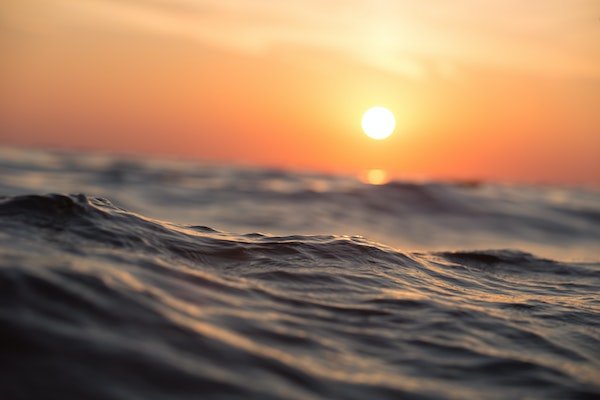
Responsibility
Running Tide invites an independent review of its carbon removal technology
Running Tide is teaming up with Deloitte to conduct an independent review of its carbon removal technology.
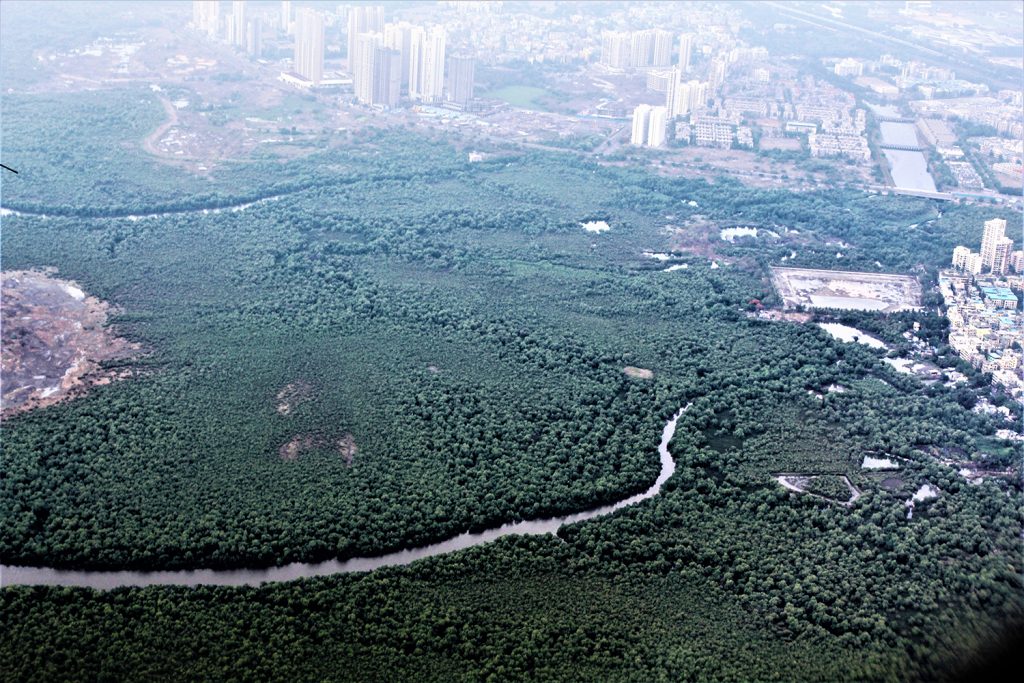
Responsibility
Modeling future carbon emissions from global mangrove forest loss
Developing a spatial model that projects emissions caused by mangrove forest loss to overcome current limitations in global estimations.
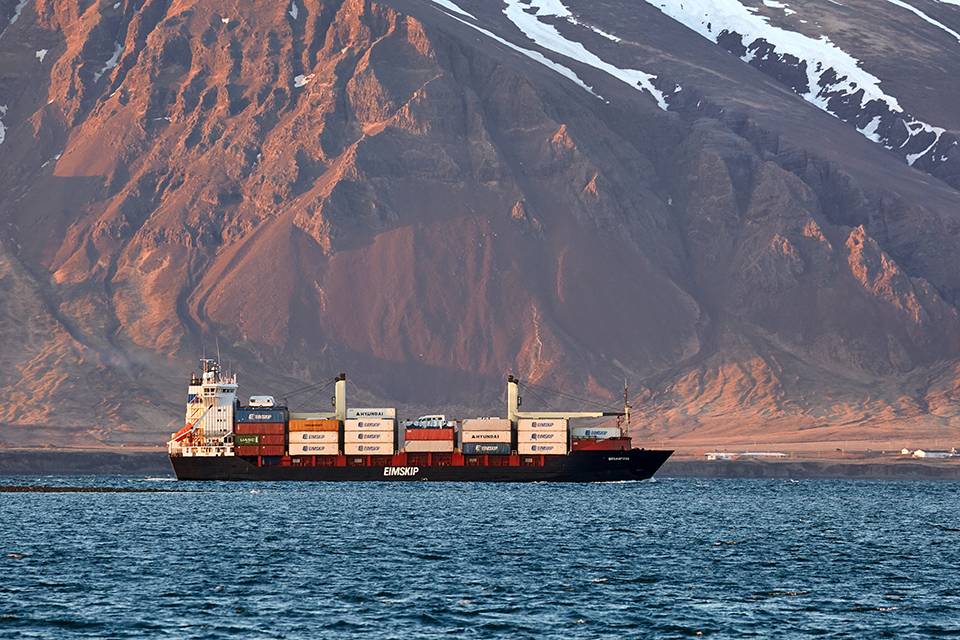
Responsibility
‘They thought we were crazy’: Behind one Faroe Island salmon farmer’s bold stance to reduce its carbon emissions
Hiddenfjord executive’s insistence that “fish should never fly” flies in the face of industry norm. This Faroe Island salmon company intends to do things greener.
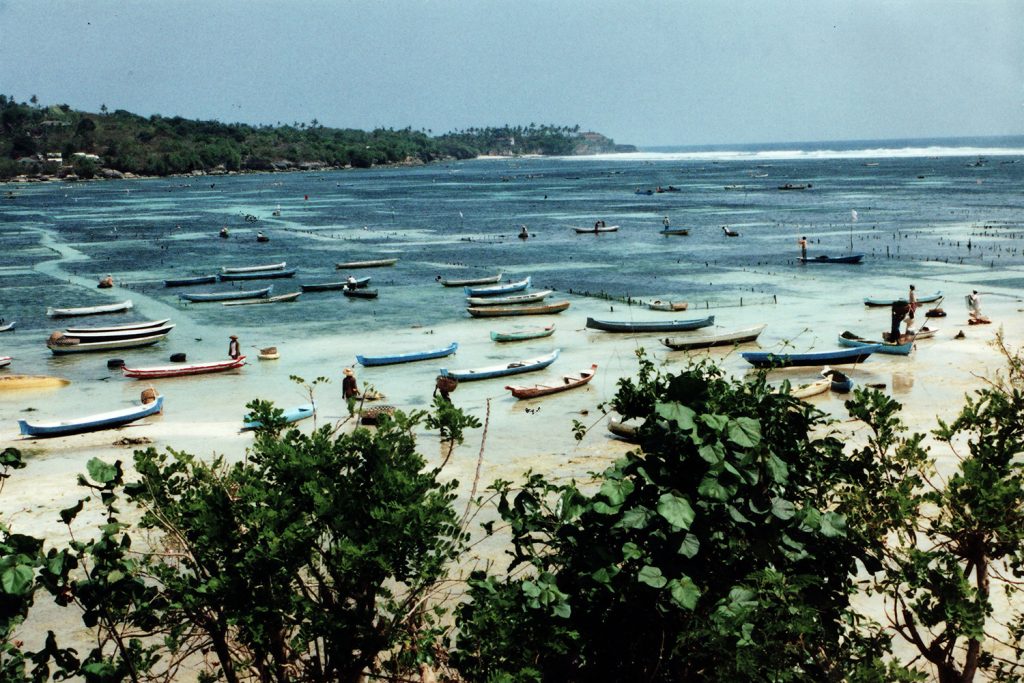
Responsibility
Macroalgae aquaculture as a potential carbon dioxide removal strategy
Macroalgae aquaculture has benefits but improvements are needed in monitoring, reporting, verification standards and carbon uptake assessments.



